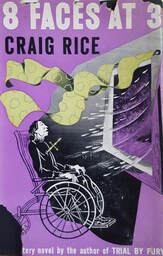
A few details or caveats, as the case may be: Helene and Jake drink a lot, rye mostly, but they’re not too picky. Helene calls for a new bottle after she finishes her current one while driving on icy Chicago streets. They arrive at Dick’s nightclub mid-bender with Helene in a fur coat and blue silk pyjamas. And upon waking, to clear their heads, one’s hand reaches for the rest of the rye, naturally. My criticism may sound prudish – lots of male PIs hug their whisky bottles – but Rice turns inebriation into an idée fixe. I want to believe it’s a misguided attempt at parody, yet the author struggled with alcoholism, which factored in her death at 49. Her characters’ obsession with booze may have been more amusing 90 years ago; observed today, it’s hard not to feel at least a little censorious.
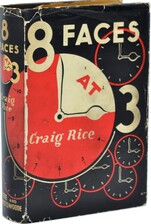
This is also the book that introduces the author’s crafty lawyer, John J. Malone, a figure who fares better in part because Rice doesn’t enforce endless witty dialogue upon him. The plot and its attendant clues are engaging, and the lovers’ plight and Jake and Helene’s attempts to help them give the story some forward momentum. In spirit, Eight Faces at Three could easily be envisioned as a B-picture, banter and clifftop climax and all. And there are worse ways to spend a Saturday matinee.
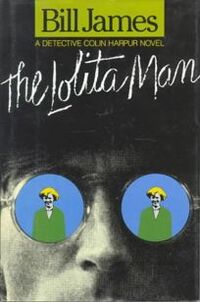

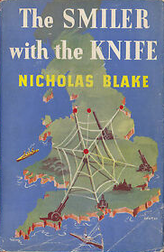
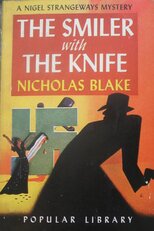
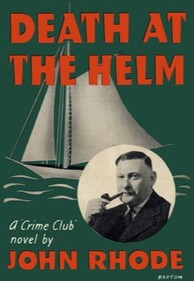
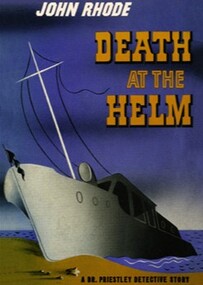
 RSS Feed
RSS Feed